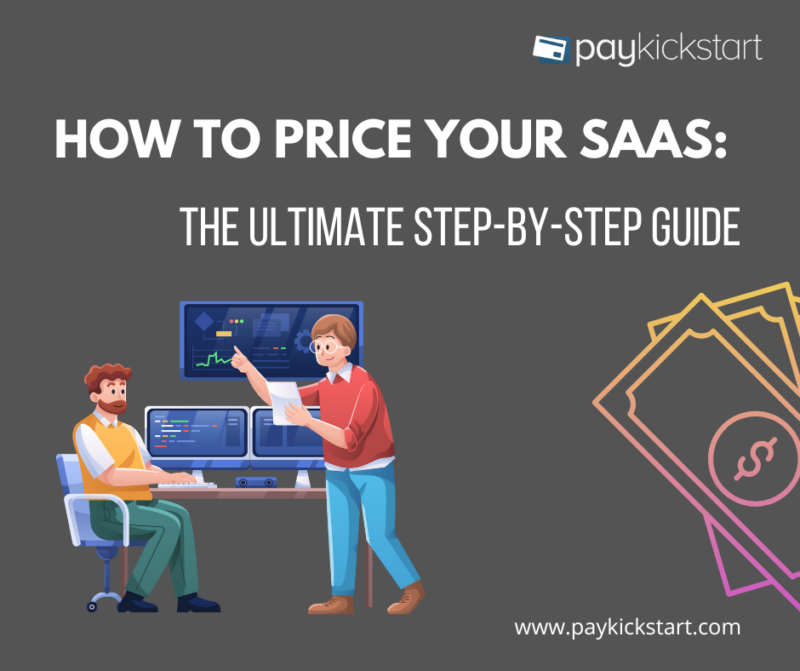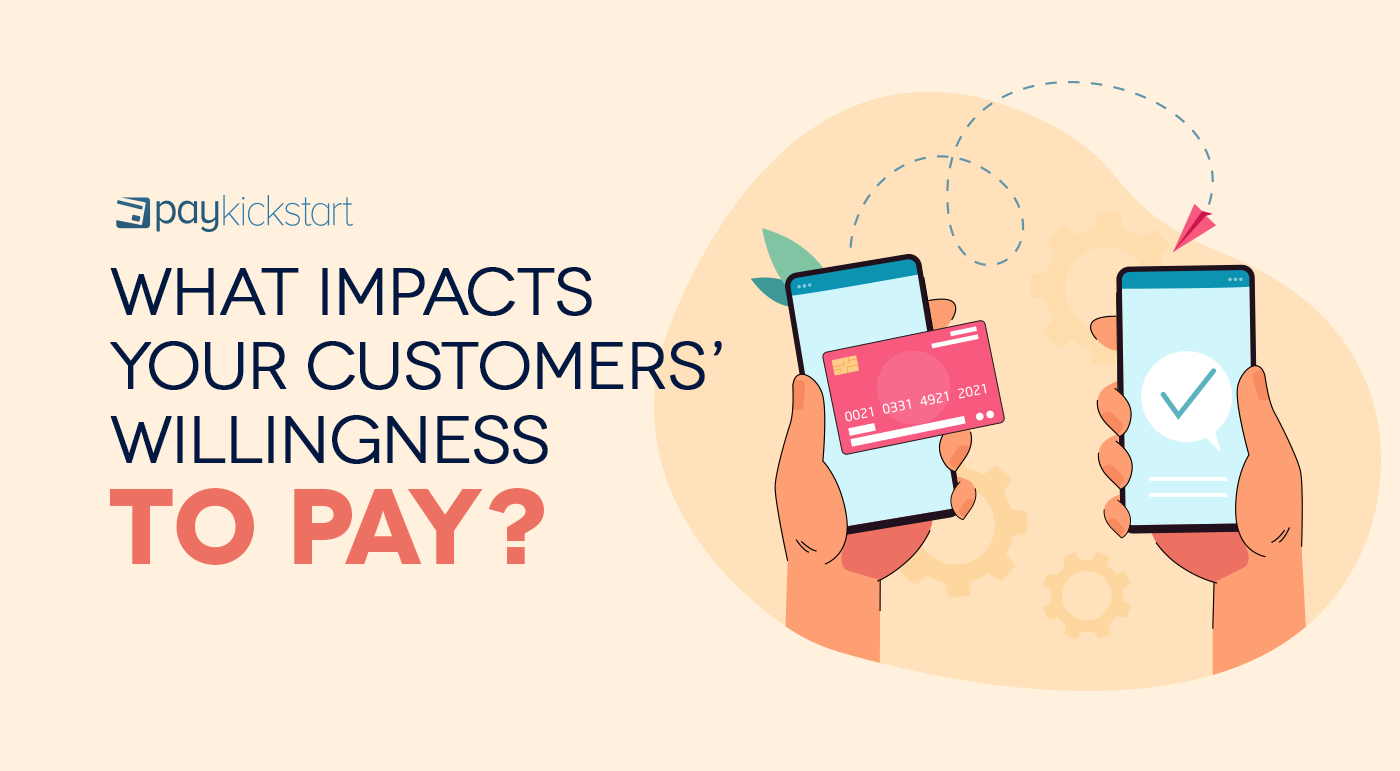Subscription growth hack (by PayKickstart)
Facebook Group - 3,932 members
Visit Group
Setting the right price point is vital for any company but actually honing in on that right prices can be difficult. For both ecommerce stores and SaaS providers, however, putting together an effective pricing strategy is all but a must. Easier said than done, but I’ll help you get started.
Be warned, there are serious risks that come along with pricing strategy. If you go about testing prices the wrong way, you could alienate customers, lose sales, and otherwise hurt your business. That’s why we’re going to go over how to properly test product price points.
But first, let’s take a look at price elasticity. Pinning down your product’s elasticity will help you understand how changing prices will affect your sales.
One of your primary goals with testing price points is to see how price elastic your products are. Price elasticity of demand demonstrates how sensitive your product or service is to swings in prices. If your product is highly elastic, even a small drop in prices could produce a large increase in sales. Likewise, a small increase might cause a large drop in sales.
On the other hand, if your product is inelastic, a small drop in prices will not produce a large uptick in sales. At the same time, your products or services may be able to more easily bear increases in prices without suffering a significant drop in sales. One example of an inelastic product is gasoline. Since many people need gasoline to get to work and elsewhere, they will buy it even if prices go up.
People will buy gasoline even if prices rise.
By testing different price points and their impact on sales, you can begin testing how elastic demand is for your products and services.
When it comes to setting prices, one of the more controversial questions is whether you should A/B test your prices. Price Intelligently argues that you shouldn’t use A/B testing. As they put it “A/B testing for optimizing your pricing structure and determining your true price point is a terrible idea; it’s a downright awful one.”
They rightly argue that statistical differences for pricing are rare. And if you want to uncover statistical differences, you need a very large sample size. If you’re a startup or newer ecommerce store, you almost certainly won’t be able to drum up enough data to accurately test your prices.
More importantly, Price Intelligently also argues that you could end up upsetting customers if they see different prices. I agree. If customers see wildly varying prices, or if they found out another customer saved a lot of money, they could become quite upset.
A better approach to setting your overall pricing strategy is to base your prices on how much value you’re adding to your customers. Once you know how much you value your customers, you can set a more accurate price based on that value.
This is a pretty good view when it comes to testing prices. The value-based approach is arguably the most effective for determining prices. It’s fair for both you and your customers, and can also help you maximize profits. I go over value pricing at length in another blog.
For now, let’s look at some safer methods for testing price points and uncovering elasticity.
There are a few effective ways to test pricing that you won’t run into the same risk of alienating customers while also uncovering useful information. First, you can add different product mixes and offer every single customer the same exact prices.
This way, you won’t alienate customers who see different prices. Instead, they see basic versus premium plans. Of course, in order to entice people, you’ll need to offer extra features. At PayKickstart, we offer three different pricing plans and each one offers a different feature mix.
There’s an obvious downside to this strategy. You might not be uncovering how much customers value or don’t value your products. Instead, you might be discovering how much customers value individual features.
You can measure elasticity, at the very least, through sales and discounts. If a small discount or coupon results in a large uptick in sales, you’ll know that your prices are quite elastic. That doesn’t tell you exactly where to price your products, but it’s useful information none-the-less.
Use coupons and sales to test elasticity!
Of course, coupons themselves can have a big impact on purchasing decisions. Rather than offering huge discounts, like 30 percent off, try 10 percent and 15 percent coupons. Then run some campaigns and measure the results.
A big jump in sales suggests that price elasticity is high. This means discounts and lowering prices will likely drum up additional sales. Keep in mind, however, that you’ll make less per sale. You have to balance discounts carefully in order to maximize revenues.
There’s also a scenario in which A/B testing can be effective. However, this scenario focuses more on psychology than elasticity. Numbers can have a big impact on a consumer’s perception. And a difference of just a few cents could have a big impact on sales and conversions. Let’s consider the following prices.
$100
A big, round number often signals that you’re confident. Many companies use round numbers as part of their “prestige pricing” strategy. However, many customers will feel that they aren’t getting a bargain.
$99.99
The .99 cents is often a signifier to the customer that they getting a good deal. 99 (or .95) cents can often drum up sales, but keep in mind that this will make your brand seem cheap, or at least value-oriented.
$99.24
Numbers that are rarely used in pricing, like 24 cents, can be eye catching. Since customers rarely see such prices, they’ll be drawn to them.
$99
Since you’re not charging cents, it signifies that your company doesn’t sweat the pocket change. However, $99 looks like a better value than $100.
Different psychological prices at work.
So which one of these is going to produce the highest sales? That’s a question I’m not prepared to answer without knowing your particular situation. However, by doing A/B testing you may be able to find the answer. Keep in mind, however, that small sample sizes reduce the accuracy of the data.
Every business should have a good idea of how elastic demand for their products or services is. This way, they’ll be able to anticipate how price changes will affect their sales and revenues. Every business should also test price points to gather hard data. However, you have to make sure you don’t alienate your customers.
By using the above methods, you’ll be able to minimize risks while still uncovering useful information. Different product mixes and discounts can help you understand how different prices will affect your sales. And you may be able to use psychological pricing to drum up even more sales.
Michael Harbone is an experienced copywriter, writing professionally since 2017. He has written for multiple digital marketing companies gaining the reputation for writing engaging, concise articles one which received an award from Upcity.
Read More About Michael Harbone
